More Angst Over Prices in Bed Stuy
A long piece in City Journal about gentrification in Bed Stuy travels some well-worn ground that will be familiar to readers of this blog and long-time residents of Bed Stuy but perhaps news to outsiders. In a nutshell, the point of the piece is that Bed Stuy gentrified before whites arrived, and now houses cost…
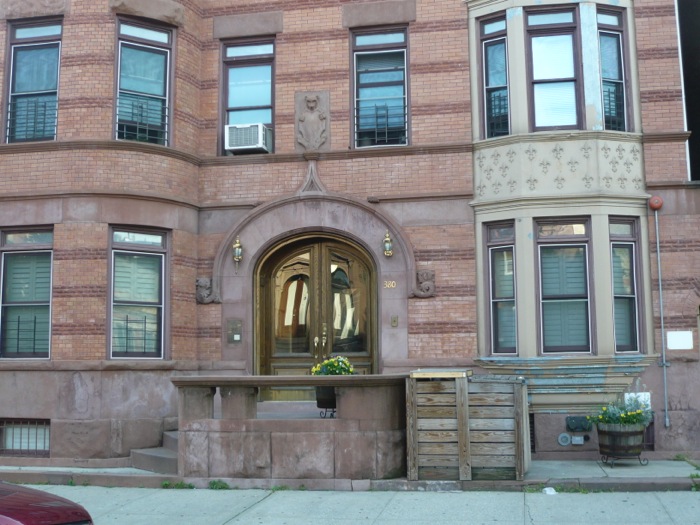

A long piece in City Journal about gentrification in Bed Stuy travels some well-worn ground that will be familiar to readers of this blog and long-time residents of Bed Stuy but perhaps news to outsiders. In a nutshell, the point of the piece is that Bed Stuy gentrified before whites arrived, and now houses cost $1,500,000 but shootings are still common. The story ends by wondering if gentrification will reverse itself and cites the case of a recent African American arrival who decamped to Kensington with his family.
“We were paying the rent of an upper-echelon neighborhood but had none of the security,” said the high school teacher.
One interesting fact the story uncovered: The much-touted 663 percent increase in the white population between 2000 and 2010 was actually due mostly to Hasids on the fringes of South Williamsburg, not hipsters or yuppies.
The story also quotes Bloomberg in the aftermath of a shooting that paralyzed an 11-year-old girl: “You have a right to live in Bed-Stuy and not have bullets whiz past your head.” That’s a nice sound bite, but we noticed that when a shooting occurred near Carroll Park, the police set up shop there; when the same thing happened in front of Saratoga Park, the police said there was no need for any extra police presence.
Meanwhile, the Real Deal looked into the details of who’s buying in Bed Stuy and found that 73 percent of sales of houses under $550,000 went to investors. “It’s tough out there for a Brooklyn buyer looking to land a modestly priced townhouse,” said the story. “But in the gentrifying area of Bedford-Stuyvesant, private buyers face even stiffer competition than elsewhere in the market for homes and small multi-family properties.” Flippers have been buying wrecks in all-cash deals for a long time, of course, but now the market is more competitive because the potential returns are higher than during the bust. An interesting tidbit: The story said that sometimes the price on the books isn’t the real price because buyers sometimes pay additional cash under the table to avoid tax.
Where do you see prices — and gentrification — in Bed Stuy heading next?
Bed-Stuy’s (Unfinished) Revival [City Journal]
Investors Are Behind 73 Percent of Bed-Stuy’s Cheaper Home Sales [TRD]
All Cash Investors Beating Buyers of Townhouses in Brooklyn [Brownstoner]

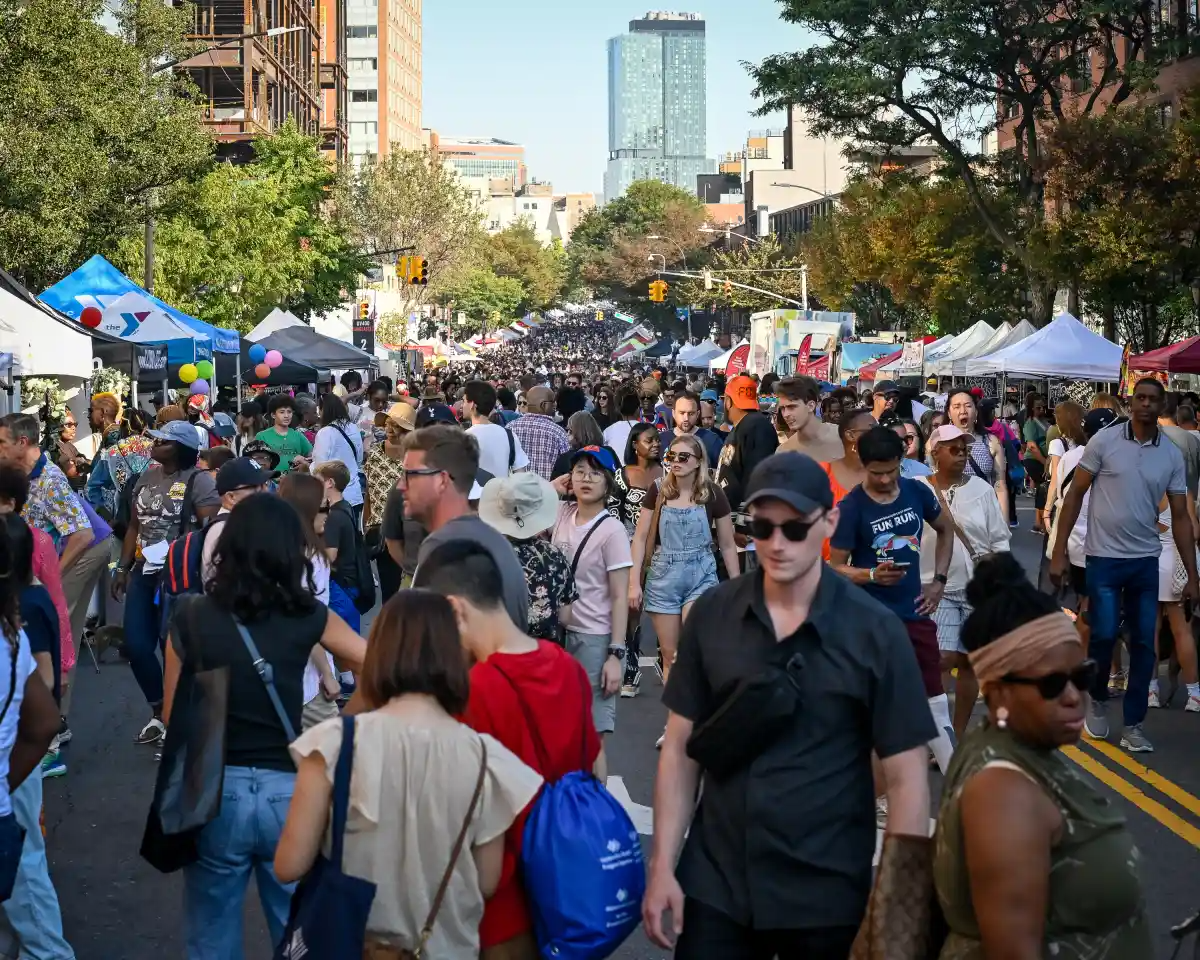
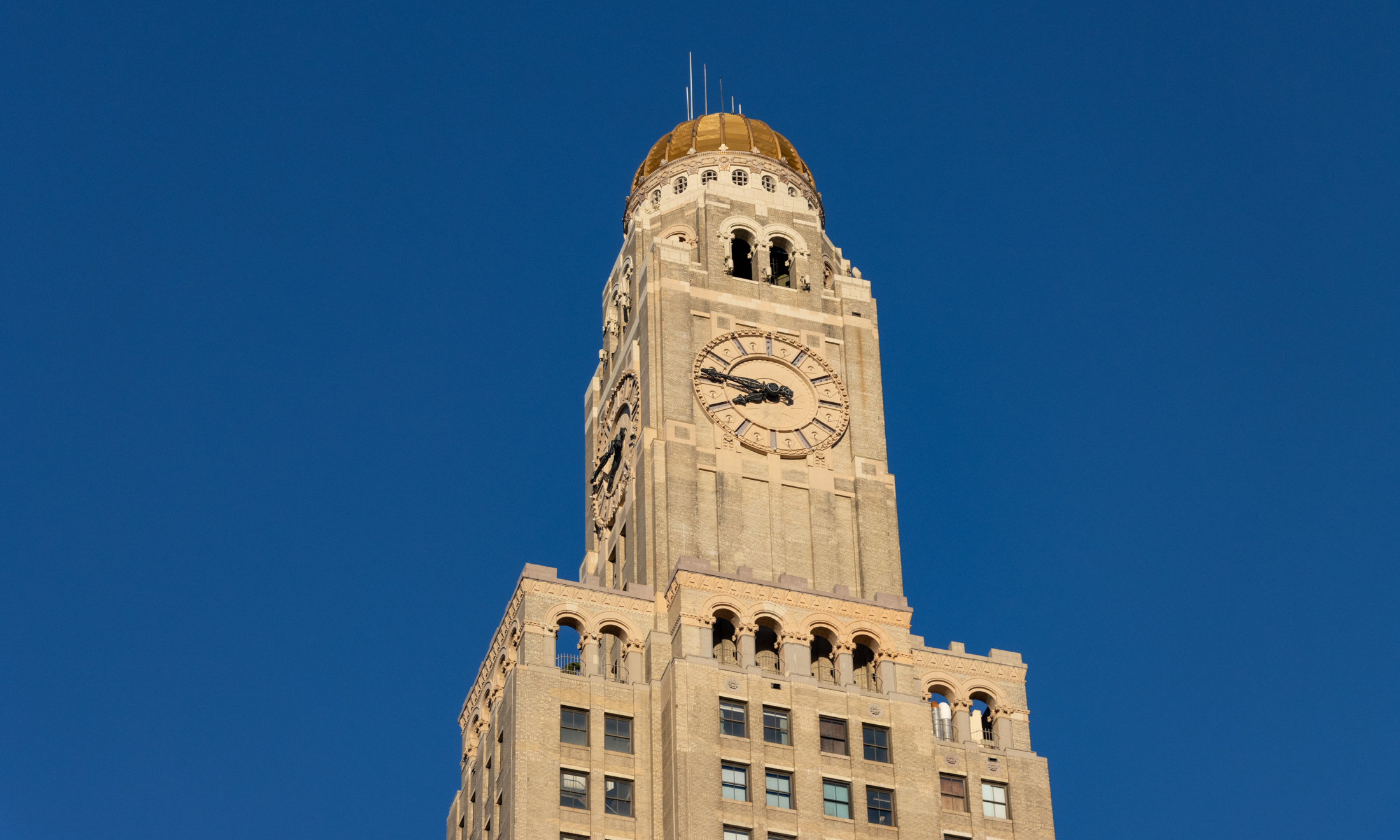
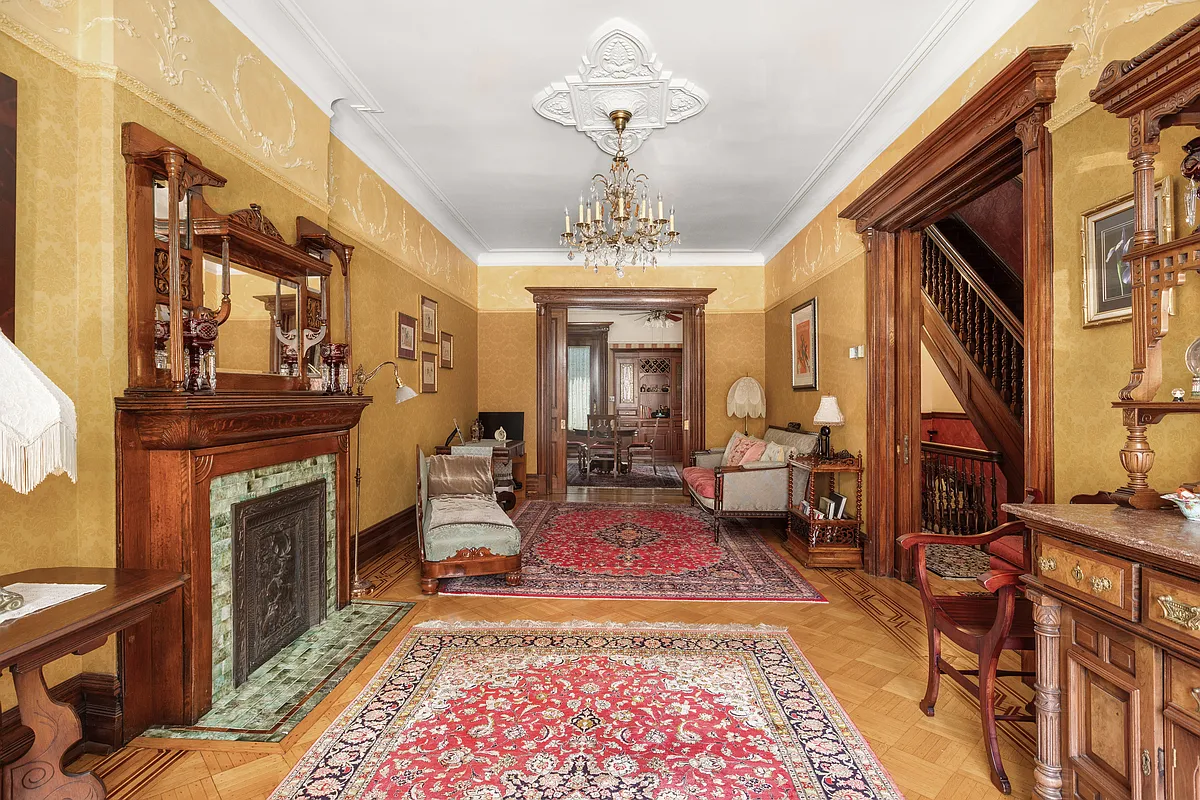
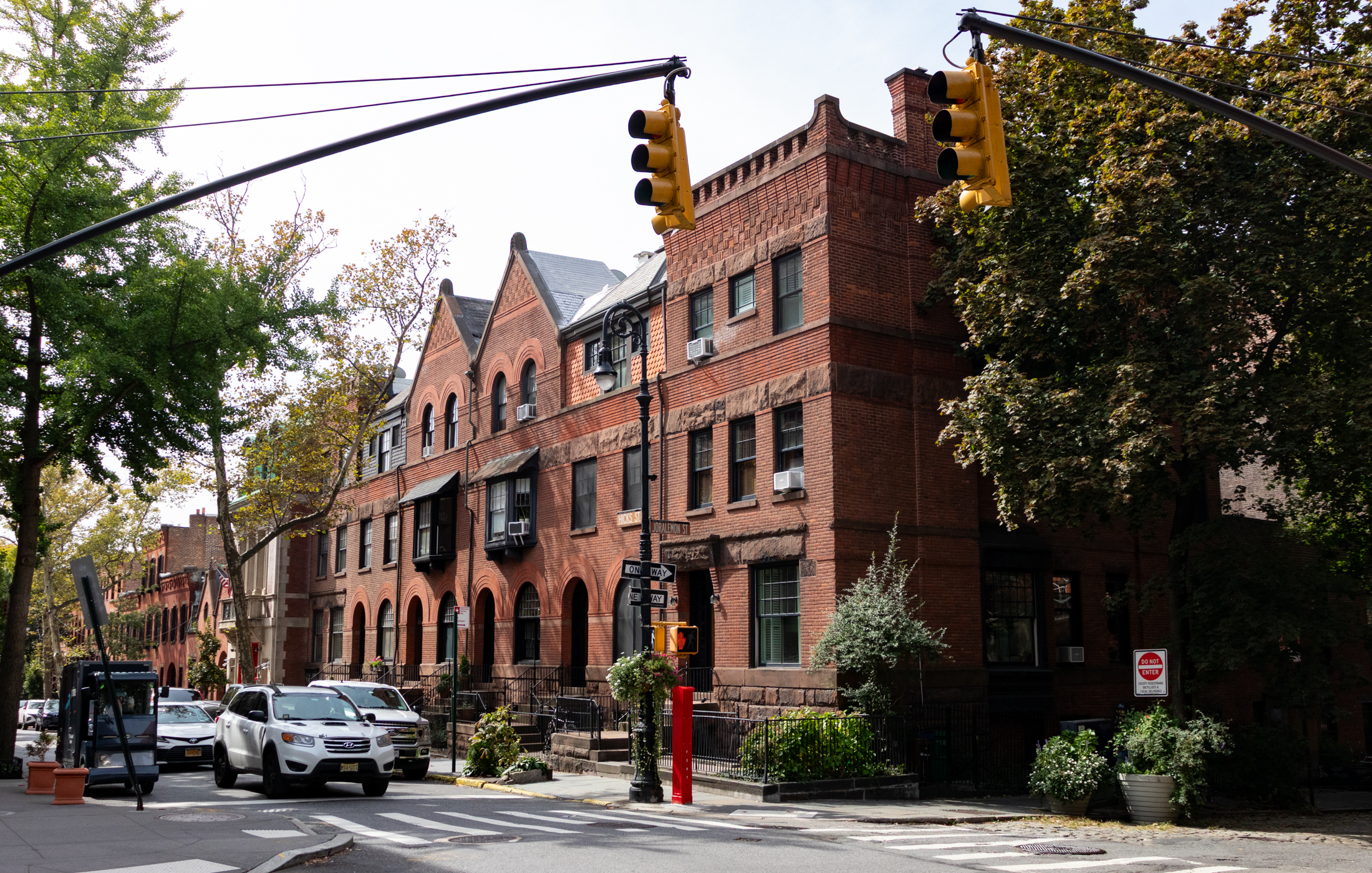
I’m not generally one to comment, but this whole article and comment section was so interesting to me that I felt I had to. I don’t find it racist for Vann to say that the neighborhood has a black history and should retain its black identity. One of the reasons I moved to Bed Stuy was because I craved diversity after having lived in a high rise building in Downtown Brooklyn. I grew up with a Puerto Rican father from the Bronx and a Czechoslovakian Jewish mother from the Lower East side who constantly lamented having to give up their cultures to move to Long Island for their children. What I find racist is the fact that Buppies (black yuppies) are celebrated while white “gentrifiers” are evil. I don’t think it’s fair to say that one group of affluent young professionals can change the neighborhood and seemingly push locals out. I want Bed Stuy to stay black because I want it to stay authentic to its roots, not because I want black young professionals exclusively to inhabit it. That said, I’ll just say that my favorite part of Bed Stuy so far is the pride people take in their neighborhood. I went to a CB3 meeting and the people that attended ran the gamut from living in the projects to living in $1+ brownstones. Most people weren’t too concerned over the “lack of amenities.” They knew what they signed up for and were happy enough to want to get involved in the growth of the neighborhood. If you think Bed Stuy is getting too expensive for the type of neighborhood it is, then don’t live there. You spend your money, and they will spend theirs. I’m happy having a wonderful home that I love and I hope the neighborhood and the community continue to grow and change but still keep the wonderful multicultural feel.
Hi marcyres. I enjoyed reading your comment. I just have one question. Are you pointing to what some comments said above when you talk about “while ‘gentrifiers’ are evil” or something in the articles or Vann’s interview? I ask because I believe that the conversation in “Our Time” was a specific conversation between two members of a black community in a specific neighborhood with historic significance undergoing real changes and how that community could remain strong against that backdrop. Not a conversation on how to keep white people out. Encouraging black home and business ownership is a positive thing to me very different from “keep them out”.
On community relations and race in Bed Stuy. I’ve lived in East-Stuy for about a year. Before then I’ve lived in Italian neighborhoods, polish neighborhoods, and ‘hipster ‘hoods’ for lack of a better term. I have more in common with some of those neighborhoods and less with others–demographically or ethnically or racially speaking.
Not one came anywhere near to approaching the friendliness and warmth I have been met by my neighbors in Bed Stuy. The genuine kindness and warmth of this community is something special–and something certainly worth trying to preserve. The lack of warmth differed significantly among the other communities I’ve lived in. So–saying that you’re trying to preserve a black community, in the context in which the quote was made, seems legit to me. The fact that there has been a track record of areas in bed-stuy and bushwick changing demographically and losing some of the neighborhood friendliness underlines that.
History is another issue that is important to address here. I don’t think there’s anything abnormal or racist to desire to preserve the historical character of a community, even if that character also coincides with skin color. If italian people were neon purple, it would be reasonable for them to want to keep the area of east williamsburg where they have the san genero festival every year neon purple. The fact that they aren’t and want to keep it italian doesn’t change anything as far as I can tell. To insist that there isn’t a community that is as tied together as ethnic communities just because the people in that community don’t all come from the same country (largely a fact that results from a history of really terrible mistreatment) seems to me willful ignorance — though one that is understandable to some extent because these conversations are often had in angry and explosive language.
In general, though, to read a comment and say “that’s racist” isn’t a helpful way to engage in this conversation. To say “that comment isn’t fair because it would subject me to a hardship that I don’t think I should be subject to for these reasons” is a better way to engage and not enrage another person. This stuff is hard and difficult and painful for everyone to talk about–white people, black people, men, women, older people, and younger people. Try to give everyone a little slack, even people who say things that are pig headed? Maybe they’re doing it out of hurt–and even if they aren’t–you’re not going to change anyone’s minds by stoking anger.
Been lurking here for about a year. First time commenting. Seems like there are two issues being spoken about here. I’ll make one comment about Stop and Frisk and a second about race-community issues in Bed Stuy.
Stop and Frisk. A single life is an enormous thing. So, IF a policy is going to save a single life, then you need to have a good argument against it. The best argument I can think of against it isn’t often articulated, so here it goes. If you’re a minority–black and hispanic men are both targeted (I don’t think women are, but I may be misinformed)–then stop and frisk means this: your body is up for grabs by an arbitrary authority based on an aspect of your very being that you were born with. If this is true, you’ll learn to walk around in fear over something that isn’t your fault. Anyone subject to such conditions at any point in there life for whatever reason has every right to grow up resentful, angry, and hostile. The Cats of Mirikatani is a very touching documentary about how the internment of the Japanese during WWII affected the life of a single individual. There is a difference between internment and arbitrarily touching people on the streets, but it’s one of degree not of kind. Having looked at the data–I don’t think they demonstrate that we should be willing to put any group through what S&F does. I take that statement seriously because there have been shootings near my house, and I love my wife.
This is a good point–and well stated. It took me quite a while to readjust to living near friendly people. I was shocked, and I’d really like to avoid going back to how I was in those other neighborhoods. If you’re going to move into a neighborhood–you should try to adjust to its culture to some extent.
MM, call me in 10 years and we’ll talk about the demographics of Bed Stuy. My prediction is 80% white, 20% black.
any coed charter schools that are excellent?
I don’t understand why you make the assumtion that people paying 1.6 M for a house will send their kids to a private school. Most likely they will in bed stuy because there are limited options for good public schools in the area.
plenty of people paying those prices in other nabes send their kids to the zoned public schools..
http://www.greatschools.org/new-york/brooklyn/13426-Excellence-Girls-Charter-School/
Excellence has a Girls school too. Both are elementary